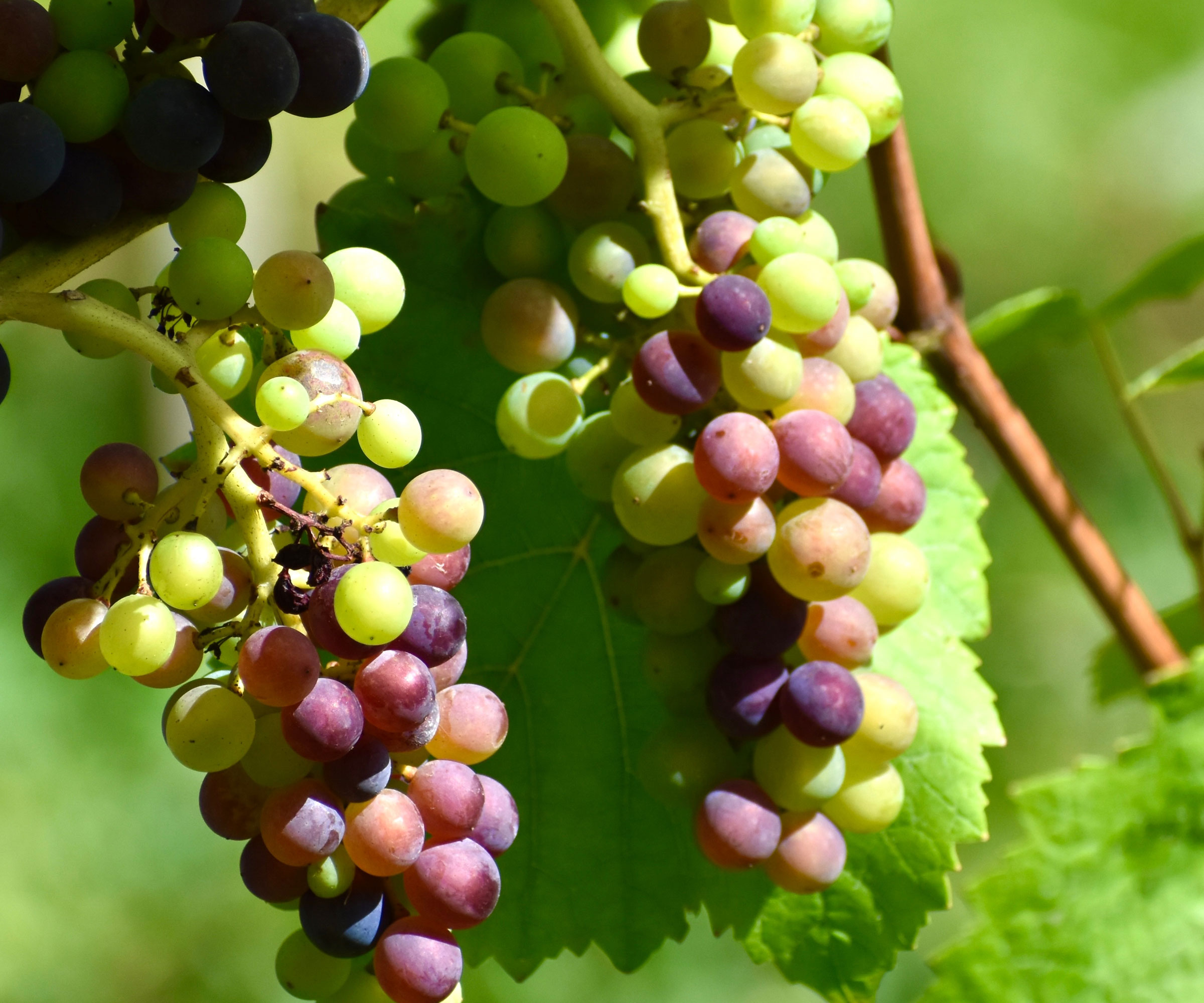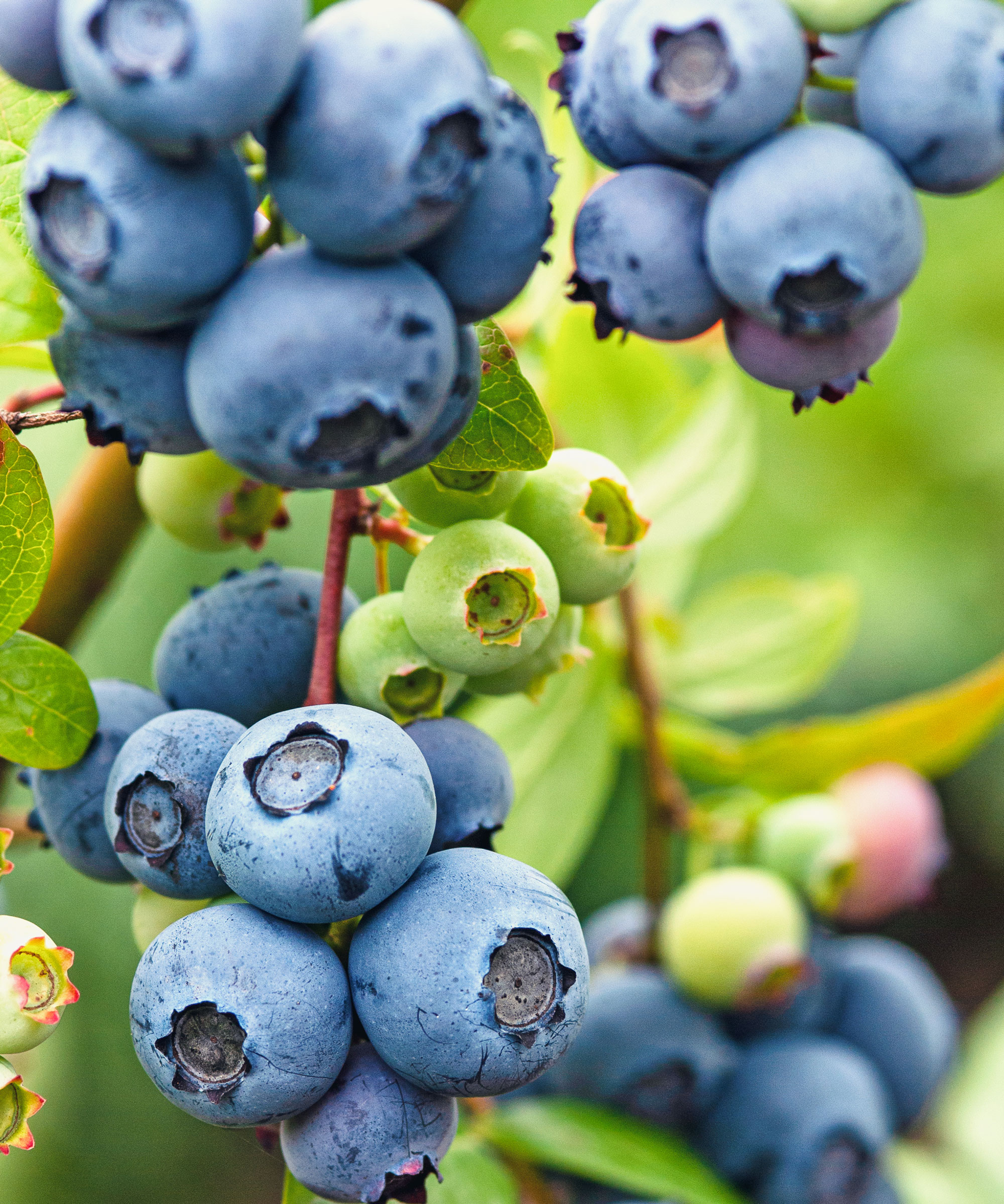8 Fruits That Grow In Shade To Fill Even Tricky Corners Of Your Yard With Luscious Edibles
Ever planted fruits in low light and struggled to get them to thrive? It’s time to get savvy to these 8 fruiting shrubs and fruit trees that grow in shade


Fruit trees that grow in shade – and shrubs, for that matter – are not as hard to find as you might think. Many fruiting plants prefer full sun, but there are options for your shady spots. Fruits that grow in shade can be a great way to make more use of your garden space.
For edible fruits for your shady areas, look for trees and shrubs that grow well in shade, or at least tolerate partial shade. Shade loving plants won’t tolerate too much sun, but beyond that, they have varying requirements for soil, nutrients and other conditions. Here are some of the most reliable, generous and luscious fruit shrubs, vines and fruit trees for shade. .
Fruit Shrubs and Fruit Trees that Grow in Shade
Remember that the amount of sunlight that filters into the landscape changes with the season. Be sure you have ascertained the amount of sun an area of your garden receives through each season before planting one of these fruit trees and shrubs. If you want to give a shaded area a little more light, try pruning out some lower tree limbs. This could help if you know your shrub or tree will benefit from a little light or partial sunshine.
When choosing fruit plants that grow in shade, check they are appropriate for your growing zone. They should also be suited to the type of soil in your shady areas. It’s a good idea to test your soil before planting a fruit shrub or tree. Use a testing meter like the Raintrip 4-in1 Soil Meter from Amazon, which checks for soil pH, moisture, light, and nutrient load.
Plants in shaded areas often stay wet longer and are more prone to disease. Make sure you space plants farther apart in the shade to allow for air movement so foliage dries more rapidly. Watering by using soaker hoses or drip irrigation can also help reduce the risks associated with foliage dampness. You may need to factor in fruit pruning of lower canopy tree limbs as a fruit tree grows to improve air circulation and allow more light penetration.
1. Gooseberry

Gooseberries (Ribes uva-crispa) are among the easiest of fruit bushes that grow in shade. Their fuzzy grape-style fruits have a sweet-tart flavor and they ripen mid- or late-summer. Suitable for USDA zones 4-6, gooseberry shrubs grow to 4 feet (1.2m) tall under the right conditions. They thrive in a shaded area, especially one with slightly alkaline, well draining soil. Varieties like ‘Pax’, ‘Invicta’ and ‘Black Velvet’ from Amazon do well in partial shade.
Gooseberries begin to produce fruit after one to three years of growth, but do require 1,000 chill hours (hours of cold temperatures in winter), so this is not a warm-climate plant. A gooseberry shrub also grows well in areas with a little morning sun and afternoon shade. Some of the most prolific fruit bushes that grow in shade, many gooseberry varieties do have a tendency to spread, so a little ongoing cultivation will be needed to contain their growth.
Sign up for the Gardening Know How newsletter today and receive a free copy of our e-book "How to Grow Delicious Tomatoes".
2. Muscadine Grape

The muscadine grape (Vitis rotundifolia) is native to the southeastern US and can be grown in zones 6-9. These vines only need 100 to 400 chill hours in winter to produce late summer and fall grapes that are sweet to tart. This American grape makes a delicious pie and wine. Keep in mind that the more sun the vine receives, the more fruit you will see. If you’re growing muscadines in a truly shaded area, enjoy the plants for their rampant vines and gorgeous large leaves.
This is a sturdy vine, so be sure you have a strong support for it. Muscadine vines tolerate partial shade and will reward you with fruit in 2-3 years. Tasty modern varieties include ‘Magnolia’ for making wine or juice, and ‘Granny Val,’ ‘Tara,’ and ‘Nesbitt’ for eating. ‘Scuppernong’ is an old variety, and while still popular for partial shade in southern regions of the US, it is not as productive as newer cultivars. You can buy Darlene Muscadine Grape Vine as live plants from Amazon.
3. Pawpaw

If you’ve wondered what fruit trees grow in shade, the pawpaw (Asimina triloba) has to be one of the most impressive North American native fruits you can cultivate. The soft interiors of the fruits are creamy and sweet, with a truly unique flavor. You can grow pawpaw trees in USDA zones 5-9. Buy Pawpaw Trees as young plants from Amazon.
Native through the eastern US, the pawpaw tree is an understory tree, so it grows well in partial shade. It will even grow in deep shade, but you’ll get a larger, more productive tree with partial shade. Be patient with pawpaw trees, as it can take up to 10 years to get a fruit harvest, which occurs around October each year.
4. Acerola Cherry

For fruit bearing plants that grow in the shade in warmer climates, consider the Barbados cherry (aka the acerola cherry), a variety of Malphigia emarginata. You can grow this small fruit tree in shady spots in warm climates. It’s hardy in USDA zones 10-12. Trees grow to 10-13 feet tall (3-4m), but can be trimmed and regularly pruned to stay smaller.
Acerola cherry trees flower any time between April and October. They will be ripe and ready to pick four weeks later. The cherries are bright red and sweet when ripe. They are also rich in vitamin C. If you don’t have a warm enough climate for this tree, you can grow it in a large container and bring it indoors for winter. Buy Acerola Cherry from Fast Growing Trees.
5. Raspberry

The canes of the raspberry plant (Rubus idaeus) tolerate shade, although they do produce most abundantly in full sun. Raspberries are a good choice for a lightly shaded area. The canes begin producing within 2 years of planting. You can grow raspberries in USDA zones 3-9 to enjoy flowers that draw pollinators in spring, and juicy fresh berries in mid-summer.
As with other brambles, they can get out of control rapidly. However, the delicious and delicate flavor of the berries is well worth the effort – and it is possible to manage them with careful cultivation and the right supports and pruning. Trim back dead canes each winter to make room for additional growth. Good varieties for shade include ‘Octavia’, ‘Polka’ and ‘Autumn Bliss’ raspberries. You can also grow purple ‘Glencoe’, available as young plants from Amazon, in partial shade.
6. Blackberry

Like raspberries, blackberries (Rubus fructicosus) like sun, but can produce a decent amount of berries in partial shade. They grow very similarly to raspberries, on canes that begin producing fruit within two years. You can enjoy blackberry canes in USDA zones 4-9. Great blackberry varieties for shade include ‘Reuben’ and ‘Loch Ness’ fruits. You can buy ‘Chester’ Thornless Blackberry Plants from Amazon.
To get the most from your blackberries when growing fruit in shade, make sure the soil is fertile and contains lots of organic matter. Add some aged compost or a balanced feed such as Berry & Bramble Fertilizer and Nutrition Care Kit from Amazon.
7. Lowbush Blueberry

Vaccinium angustifolium, or lowbush blueberry, is a delicious berry suitable for growing in colder climates, including USDA zones 3-6. These small shrubs need up to 1,000 chill hours to produce a late summer harvest of tasty berries. Blueberries generally require full sun, but lowbush blueberries will tolerate light shade. Try ‘Burgundy’, ‘Claret’ and ‘Fundy’ varieties. You can buy ‘Michigan’ Lowbush Blueberry plants from Walmart.
Lowbush blueberries are native berries to woodlands, so they do well in shady areas. They can be picky about soil acidity, though, so amend your soil if necessary to achieve a pH of about 5. If you need to raise acidity levels in your soil or compost, you can add an ericaceous treatment such as Jobe’s Organics Granular Soil Amendment from Amazon.
8. Hardy Kiwi

Although native to Asia, kiwis are strongly associated with New Zealand. The hardy kiwi (Actinidia arguta) is a type of kiwi suitable for colder climates, including USDA zones 3-8 in the US. It also tolerates shade better than other kiwi types. The large vine of hardy kiwi flowers in June and produces ripe fruit in fall. Don’t expect to get the same types of kiwi fruit as you’re used to in the grocery store.
Hardy kiwis are smaller (about the size of a grape), but have a delicious, sweet flavor and a smooth edible skin. Provide the plant with a trellis for support, somewhere it can soak up a little morning sunshine, for an abundant and tasty harvest. You can buy Wellspring Gardens’ Prolific Hardy Kiwi as live plants from Amazon.
Need more ideas for planting inspiration, timely gardening jobs and seasonal expert advice delivered straight to your inbox? Sign up for the free Gardening Know How Newsletter!

Mary Ellen Ellis has been gardening for over 20 years. With degrees in Chemistry and Biology, Mary Ellen's specialties are flowers, native plants, and herbs.
- Amy GrantWriter
- Amy DraissDigital Community Manager